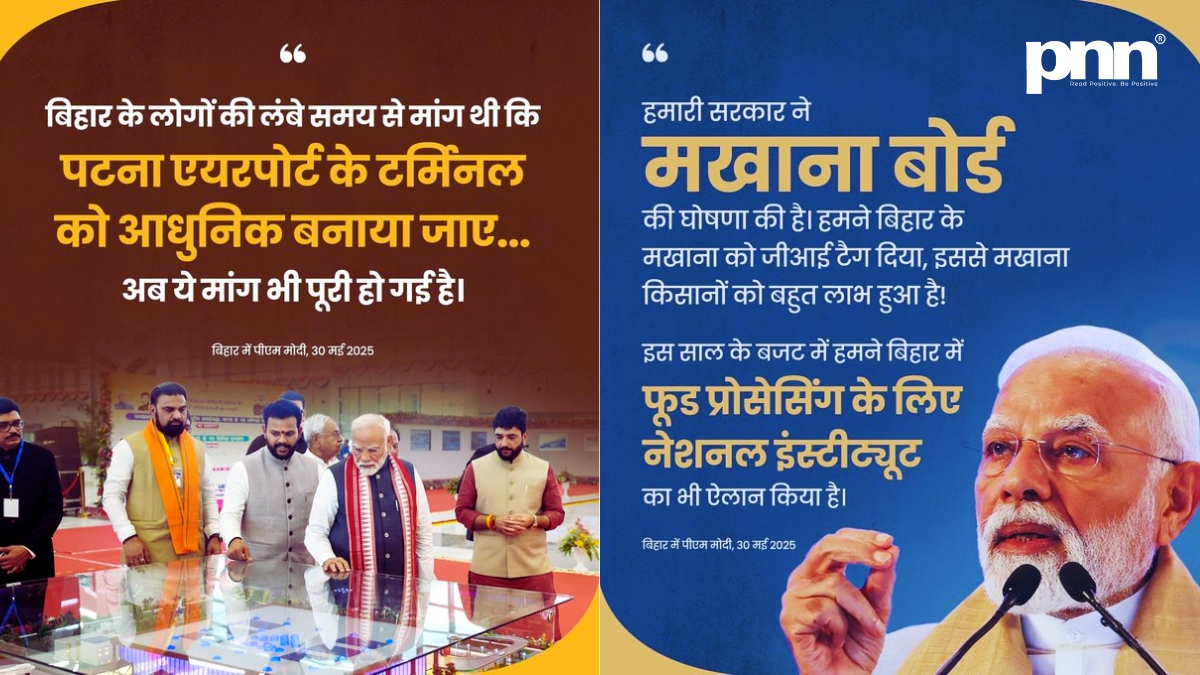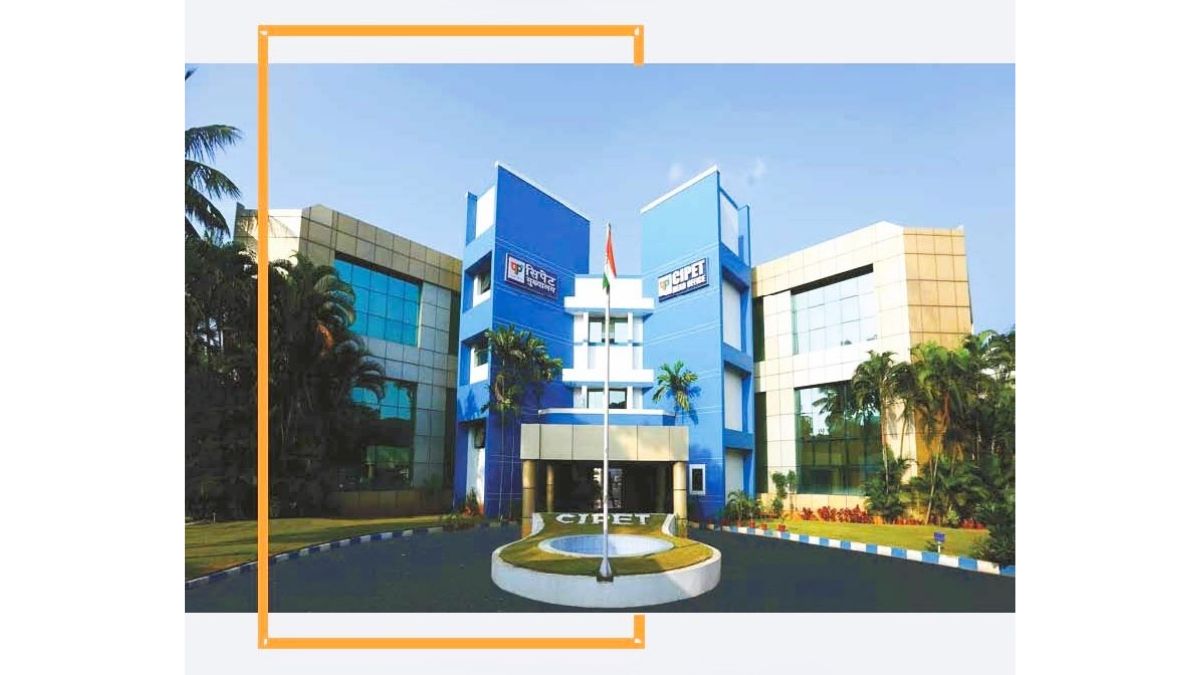Government may discontinue Sovereign Gold Bond; Claim- Scheme is becoming expensive and complex, returns have to be paid from pocket
SGB: The government gives the option of buying gold at a lower price than the market through the SGB scheme. Its maturity period is eight years. Also, buyers also get 2.5 percent return. Since the introduction of this scheme, a total of 67 installments have been issued so far, in which investors have invested Rs 72,274 crore. Four of these installments have fully matured.

The government may discontinue the Sovereign Gold Bond (SGB) scheme introduced to curb the increasing import of gold in the country. According to Amar Ujala, the government believes that it is an expensive and complex investment instrument. For this reason, the government can no longer continue Sovereign Gold Bonds. However, no official announcement has been made by the government to discontinue this scheme. A round of speculation has already started and the market seems almost ready for this decision. There has been a surge in demand for sovereign gold bonds in the secondary markets. The government introduced sovereign gold bonds as paper gold in 2015. RBI manages it.
Under the SGB scheme, the government gives the option of purchasing gold from them at a lower price than the market. The maturity period is eight years. Buyers also get a return of 2.5 per cent. Since the start of this scheme, a total of 67 installments have come out so far in which investors have invested Rs 72,274 crore. Four of these installments have fully matured.
When this scheme was launched in 2015, it was issued at Rs 2,684 per gram. For the maturity due in 2023, the redemption price was fixed at Rs 6,132. In this way, the investors got a profit of 2.28 times in eight years.
Actually, the money that investors had invested in the first four installments of the Sovereign Gold Bonds issued between 2015 and 2017 more than doubled. Investors have to pay returns from their pocket in such a situation. In the budget document for 2024-25, it has been informed that the government has a total liability of Rs 85,000 crore to investors under this scheme. This is 8.5 times more than Rs 10,000 crore at the end of March 2020.








































































